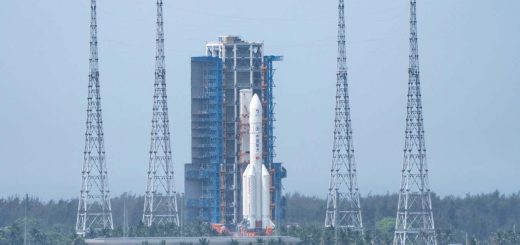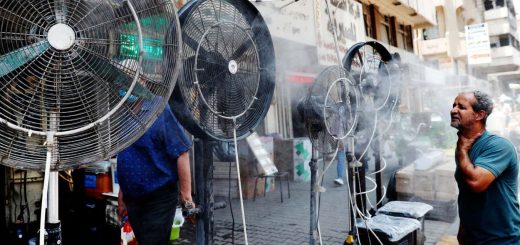Kakhovka hydroelectric dam burst: What are the risks to human life?
The Kakhovka dam in Ukraine has been damaged in an explosion, possibly as a result of Russian attack. The resulting floods could have a major impact on people and wildlife
By Matthew Sparkes
6 June 2023
Water running through a breach in the Kakhovka hydroelectric dam in Ukraine
Associated Press/Alamy
The Kakhovka Hydroelectric Power Plant in southern Ukraine has been severely damaged in an explosion and is rapidly releasing vast amounts of pent-up water downstream. What will the effect be on the humans, wildlife and nuclear reactors in its path?
What happened to the dam?
It is unclear who or what is to blame for the dam breaking, but reports suggest a large explosion occurred. A significant breach in the dam is now releasing vast quantities of water down the Dnieper river. Ukraine’s military blames deliberate action by Russia, while Russia blames Ukraine.
Ukraine suggested in October last year that Russia may have been planning to blow up the dam to slow down a Ukrainian counteroffensive push. Indeed, an explosion there in November took out road and rail links over the dam, but left the dam itself intact.
Advertisement
Since then, the water behind the Russian-occupied dam has, at points, been allowed to get too high – flooding nearby villages – and too low, affecting access to clean water, farmland irrigation and cooling at the nearby Zaporizhzhia Nuclear Power Plant (ZNPP).
Officials warn that the breached dam could rapidly release 18 million cubic metres of water. Early analysis suggests that the water level in the reservoir behind the dam is now sinking at 5 centimetres an hour.
Are Ukraine’s nuclear power plants at risk?
Water from the Kahkovka dam is used to cool reactors and spent fuel at Europe’s largest nuclear site, ZNPP. That plant has been occupied by Russia for months, which the International Atomic Energy Agency (IAEA) has said risks a nuclear accident due to disruption of normal operations and intense local fighting. The IAEA said in a statement that it is monitoring the situation, but there is currently “no immediate risk to the safety of the plant”.


